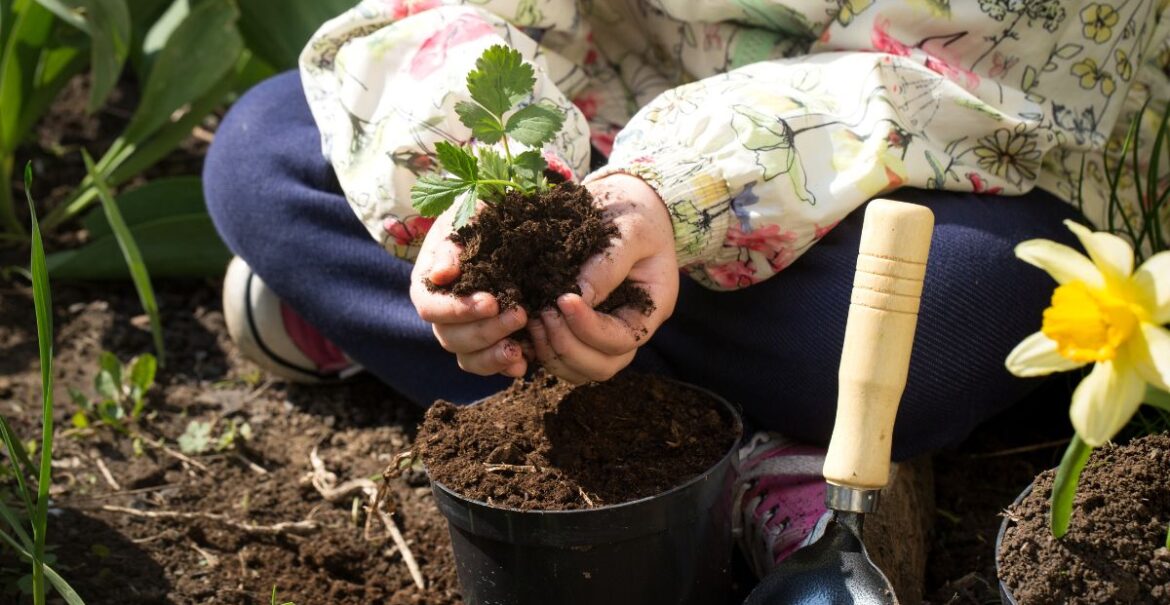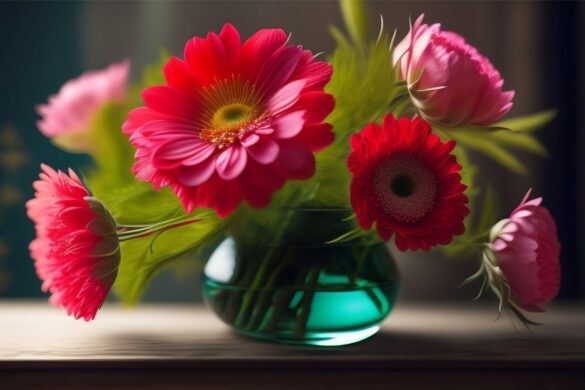Eco-Friendly Gardening Practices for Flower Enthusiasts: Cultivate Beauty, Nurture the Planet

For flower enthusiasts, there’s nothing quite like the joy of nurturing vibrant blooms and witnessing the magic of a flourishing garden. But beyond the beauty, creating a thriving floral haven can also be a mindful practice that benefits the environment. By adopting eco-friendly gardening techniques, you can cultivate breathtaking displays while minimizing your impact on the planet.
This comprehensive guide delves into the world of sustainable gardening, offering practical tips and strategies to transform your flower bed into an eco-conscious masterpiece. From mindful plant choices to water conservation techniques, we’ll explore ways to create a garden that’s not only beautiful but also promotes biodiversity and fosters a healthy ecosystem.
Unveiling the Benefits of Eco-Friendly Gardening: Why Go Green?
- Environmental Stewardship: Eco-friendly gardening practices minimize your environmental footprint. You’ll conserve water, reduce reliance on chemical fertilizers and pesticides, and contribute to healthier soil—all crucial aspects of environmental well-being.
- Promoting Pollinators: By creating a haven for butterflies, bees, hummingbirds, and other pollinators, you contribute to a healthy ecosystem. These tiny creatures play a vital role in plant reproduction, ensuring a thriving garden and a diverse natural environment.
- Sustainable Beauty: Eco-friendly practices often lead to healthier plants. Organic soil amendments and responsible watering techniques promote strong root systems and enhance natural pest resistance, resulting in vibrant and resilient flowers.
- Cost-Effective Techniques: Many eco-friendly practices can save you money in the long run. Techniques like composting and water conservation reduce reliance on expensive fertilizers and excessive watering.
Embracing Sustainable Practices: A Guide for Eco-Conscious Flower Enthusiasts
Plant Wisely:
- Embrace Native Delights: Choose native plants that are adapted to your local climate and soil conditions. These beauties require less water, thrive with minimal intervention, and often support local pollinator populations.
- Diversity is Key: Plant a variety of flowers with different bloom times. This extends the floral season, provides a continuous food source for pollinators, and creates a visually captivating garden throughout the year.
- Consider Pollinators: Opt for flowers with open blooms, readily accessible nectar, and attractive colors – a feast for the eyes and a magnet for pollinators! Explore plants like echinacea, lavender, sunflowers, and coneflowers.
Water Wisely:
- Conservation Champions: Implement water-saving strategies like drip irrigation or soaker hoses. These methods deliver water directly to the root zone, minimizing evaporation and water waste.
- Mulch Magic: Apply a layer of organic mulch around your plants. Mulch retains moisture in the soil, reducing the need for frequent watering and suppressing weed growth.
- Embrace the Rain: Collect rainwater in barrels to use for watering your plants. This not only conserves tap water but also provides a natural, untreated source of hydration for your blooms.
Nourish Your Soil Naturally:
- Composting Champions: Composting kitchen scraps and yard waste creates nutrient-rich compost—a natural fertilizer that feeds your plants and improves soil structure.
- Compost Alternatives: Explore organic alternatives to chemical fertilizers. Consider organic amendments like aged manure, fish emulsion, or composted seaweed to nourish your soil.
- Cover Crops: Plant cover crops like clover or ryegrass during the off-season. These nitrogen-fixing plants enrich the soil, suppress weeds, and help retain moisture.
Minimize Your Environmental Impact:
- Go Natural with Pest Control: Opt for natural pest control methods like insecticidal soap, and neem oil, or introduce beneficial insects like ladybugs that prey on garden pests.
- Recycle and Repurpose: Repurpose old containers for planters, use recycled materials for garden edging, and create DIY seed starting trays.
- Mindful Mowing: Consider alternatives to traditional gas-powered mowers. Explore electric mowers, and push mowers, or even let a portion of your yard grow wild to provide a habitat for pollinators.
Additional Considerations:
- Attract Beneficial Wildlife: Create a welcoming environment for birds and other predators that naturally control garden pests. Provide birdhouses, nesting boxes, and a shallow water source for these helpful allies.
- Embrace Seed Saving: Collect seeds from your favorite flowers at the end of the season. This allows you to propagate your plants for future seasons, saving money and ensuring a unique touch in your garden.
Eco-friendly gardening practices are essential for creating a sustainable and vibrant flower garden. By focusing on soil health, water conservation, plant selection, pest management, waste reduction, and thoughtful garden design, flower enthusiasts can cultivate a garden that not only flourishes but also supports the environment. Embrace these practices to enjoy a beautiful, sustainable garden that thrives in harmony with nature. Happy gardening!








No Comments